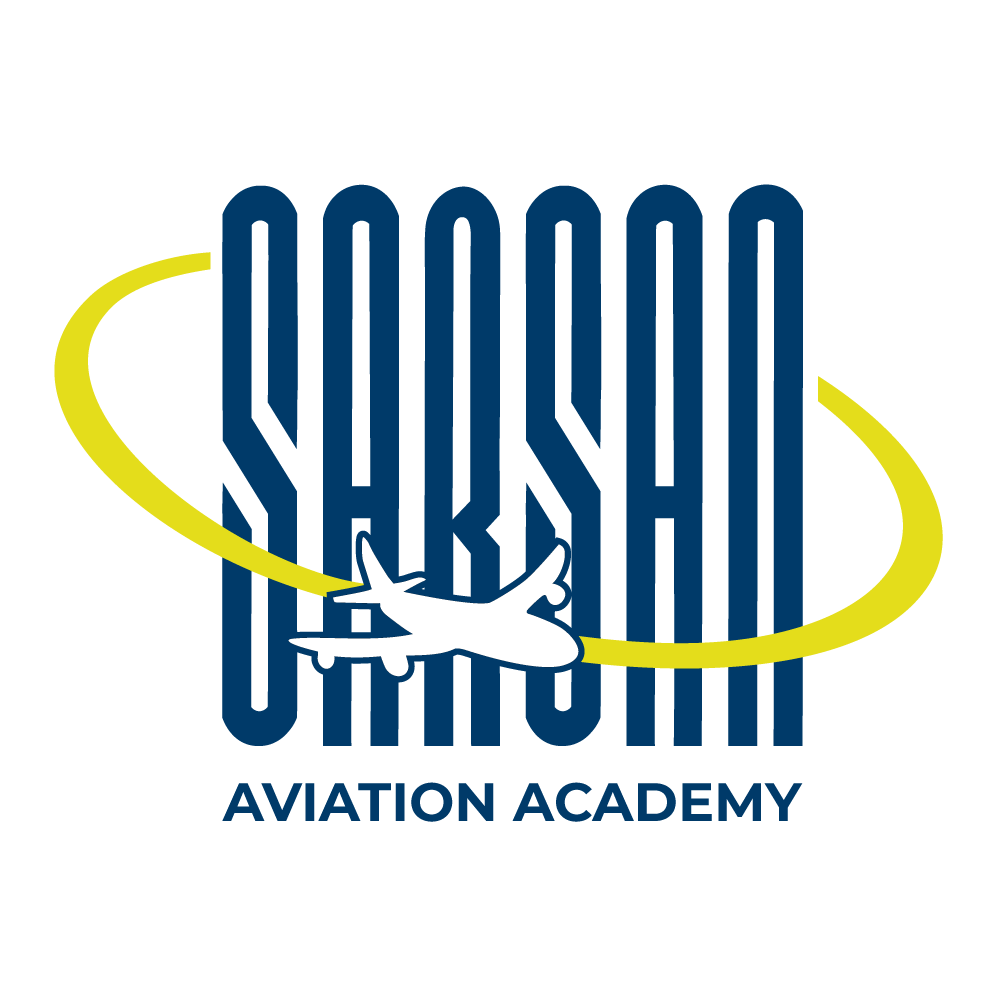Introduction
Aerospace medicine is a specialized field that focuses on the health, safety, and well-being of individuals involved in aviation and space travel. It encompasses a range of medical disciplines, including aviation physiology, aerospace psychology, occupational medicine, and space medicine, with the goal of optimizing human performance and mitigating health risks in aerospace environments. In this article, we’ll explore the importance of aerospace medicine in ensuring health and safety in the sky.
Physiological Challenges of Flight:
Flying at high altitudes exposes individuals to unique physiological challenges, such as decreased oxygen levels, changes in atmospheric pressure, and increased G-forces during maneuvers. Aerospace medicine professionals study how these factors affect the human body and develop strategies to mitigate their impact on pilots, aircrew, and passengers.
Preventing and Managing In-Flight Medical Emergencies:
Aerospace medicine plays a crucial role in preventing and managing in-flight medical emergencies, such as heart attacks, strokes, and allergic reactions. Aviation medical personnel provide training to flight crews on first aid techniques, emergency medical procedures, and the use of onboard medical equipment to ensure prompt and effective response to medical incidents during flight.
Aviation Physiology and Human Factors:
Understanding aviation physiology and human factors is essential for optimizing pilot performance and safety in the cockpit. Aerospace medicine professionals study how factors such as fatigue, stress, dehydration, and hypoxia can impact cognitive function, decision-making, and reaction times in flight, and develop interventions to mitigate these risks.
Occupational Health and Safety:
Aerospace medicine addresses occupational health and safety issues related to aviation and space travel, including exposure to radiation, noise, vibration, and ergonomic hazards. Aviation medical examiners assess the fitness of pilots and aircrew to perform their duties safely and provide guidance on managing occupational health risks in aerospace environments.
Space Medicine and Long-Duration Spaceflight:
Space medicine focuses on the health and safety of astronauts during space missions, particularly in the challenging environment of microgravity. Aerospace medicine professionals study the physiological effects of space travel on the human body, such as bone loss, muscle atrophy, and cardiovascular deconditioning, and develop countermeasures to maintain astronaut health and performance during long-duration missions.
Psychological Health and Well-Being:
Aerospace medicine addresses psychological health and well-being issues among aviation and space personnel, including stress, anxiety, depression, and social isolation. Aerospace psychologists provide support services, counseling, and resilience training to help individuals cope with the psychological demands of their roles and maintain mental well-being in high-stress environments.
Health Promotion and Disease Prevention:
Aerospace medicine promotes health promotion and disease prevention initiatives to optimize the health and performance of aviation and space personnel. This may include promoting healthy lifestyle behaviors, providing immunizations and preventive screenings, and implementing measures to mitigate the spread of infectious diseases in aerospace environments.
Conclusion
In conclusion, aerospace medicine plays a critical role in ensuring the health, safety, and well-being of individuals involved in aviation and space travel. By addressing physiological challenges, preventing and managing in-flight medical emergencies, optimizing human performance, and promoting health and safety initiatives, aerospace medicine professionals contribute to the overall safety and success of aerospace operations. Continued research, education, and collaboration in aerospace medicine are essential for advancing our understanding of human factors in aviation and space environments and enhancing the health and safety of individuals who venture into the sky and beyond.







